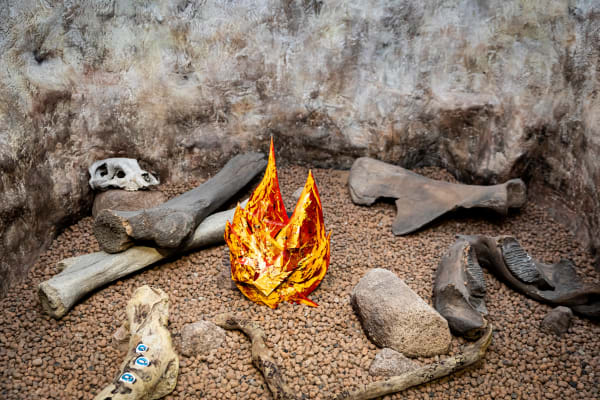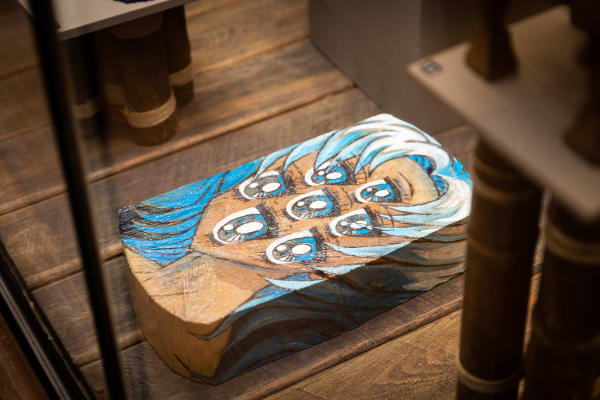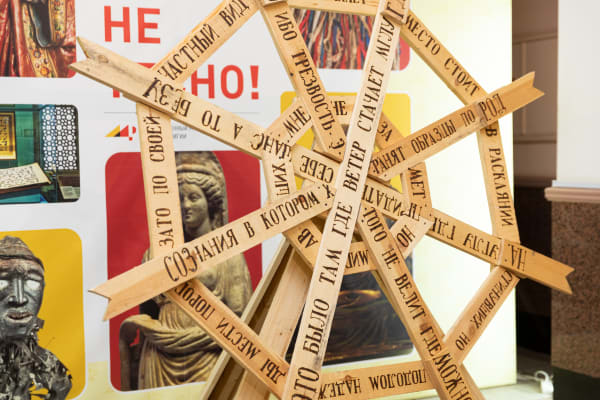The Museum of the History of Religion and Anna Nova Contemporary Art Gallery present FOREST OF A THOUSAND SPIRITS, a solo exhibition by Russian artist Fedor Hiroshige, a delicate intervention of contemporary art into the main museum exposition. Pretending to be religion-related objects, the artist’s works start a dialogue with the pieces from the museum collection.
In his artistic practice, Fedor Hiroshige is working to build a unique world where images from mass culture, eastern spiritual practices, and folklore walk hand in hand. The artist uses the paradoxical synthesis of different cultures and times to create easy-to-recognize works, in which traditional dichotomies of the eastern and the western, high- and low-toned, real and fancy, ancient and modern lose their current status and turn out to be artificially-made constructs.
Specially for the Museum of the History of Religion, Hiroshige prepared an artistic intervention with 40+ of his works integrated into 11 rooms of the museum main exhibition featuring, in particular, Archaic and Traditional Beliefs, Religions of the Ancient World, Catholicism: Doctrine and Religion, Religions of the East and many more. The project invites to ponder on the issues of museumification, which involves taking religious objects out of their context. The exhibition will showcase Hiroshige’s characteristic woodwork with pyrograved images and texts.
Characters from Fedor Hiroshige’s art world became the valets de place that help to understand the museum’s collection - the human mushroom, Sailor Moon, the seven-eyed girl, and all kinds of shapeshifters and chimeras. ‘We can give rational meaning to the museum collection but people crave magic,’ Pavel Tugarinov, Research Officer of the Museum and the project curator, ‘Folklorist Vladimir Propp wrote that there is always a magical helper ready to help a hero in need. For us, the works by Fedor Hiroshige that have been delicately integrated into the Museum exposition can become our helpers of this kind. They can assist us with finding our way into the abyss of the mythical.’



